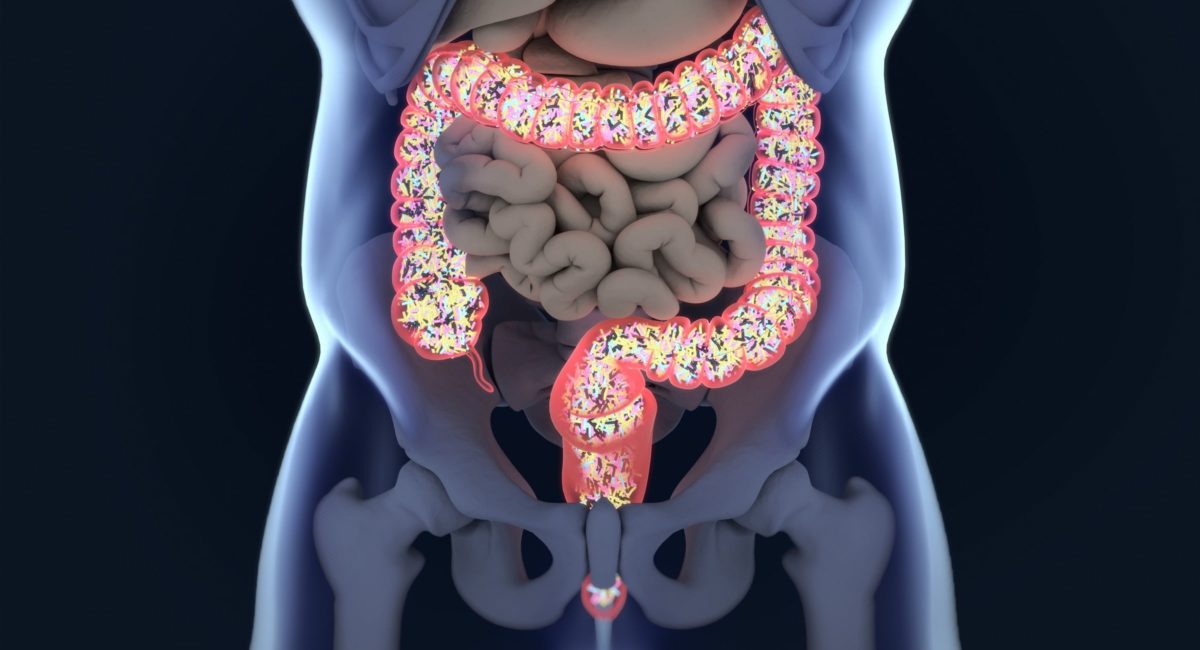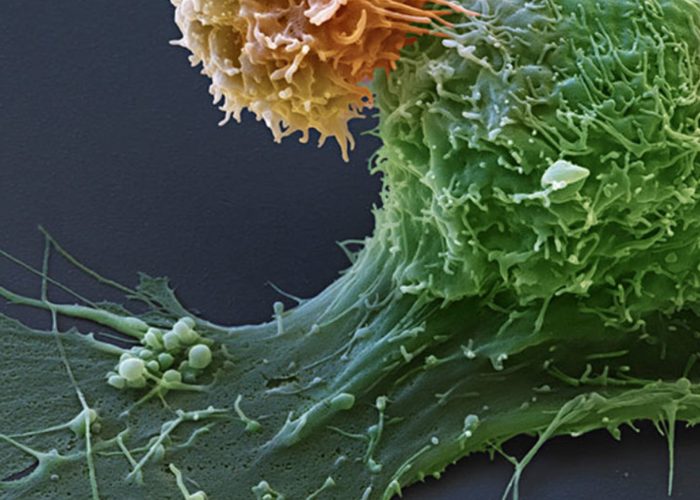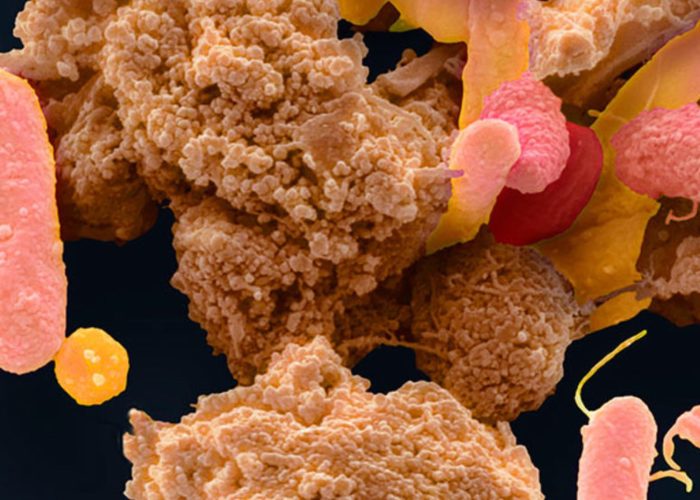Gut bacteria’s interactions with immune system mapped

Cell atlas could reveal why some gut diseases affect specific areas
The first detailed cell atlas of the immune cells and gut bacteria within the human colon has been created by researchers. The study from the Wellcome Sanger Institute and collaborators revealed different immune niches, showing changes in the bacterial microbiome and immune cells throughout the colon. As part of the Human Cell Atlas initiative to map every human cell type, these results will enable new studies into diseases which affect specific regions of the colon, such as ulcerative colitis and colorectal cancer.
Published today in Nature Immunology, this study revealed the interaction between the microbiome and our immune cells. These results form an important resource, which will help scientists to understand how these microbial cells are tolerated by the immune system in health.
The gut microbiome is a complex ecosystem composed of millions of microbes, and these bacteria are thought to play important roles in digestion, in regulating the immune system and in protecting against disease. They are essential to human health, and imbalances in our gut microbiome can contribute to autoimmune diseases such as inflammatory bowel diseases and asthma.
The gut also has a rich community of immune cells, which help to repair tissues and defend against infection. However, there is little detailed information on how the microbiome interacts with the gut resident immune cells, which immune cells co-exist with bacteria in different locations, and why different diseases affect distinct areas of the gut.
To shed light on this, researchers studied three different parts of the healthy colon from organ donors, simultaneously analysing the immune cells and the bacterial microbiome from each area. By sequencing the active genes of 41,000 individual immune cells, they were able to identify cell type specific genes that were switched on in different immune cell populations in each location. They also identified the bacteria present in the same colon region, to reveal how the immune system and bacteria interact.
The study revealed that not only were there differences between the immune cells in different parts of the colon, but that the microbiome also subtly changed, with a broader range of bacteria further down the colon.
Previous work on mice had shown that immune cells in lymph nodes could be targeted to particular destinations – like an immune satnav. For the first time, this study showed that regulatory immune cells, which dampen down an immune response, moved from lymph nodes to the colon. This could be one way the intestine tolerates or even welcomes the microbiome.
Story source: https://www.sanger.ac.uk/news_item/gut-bacterias-interactions-with-immune-system-mapped/
More information: Kylie James et al. (2020). Distinct microbial and immune niches of the human colon. Nature Immunology. DOI: 10.1038/s41590-020-0602-z
Continue Reading


